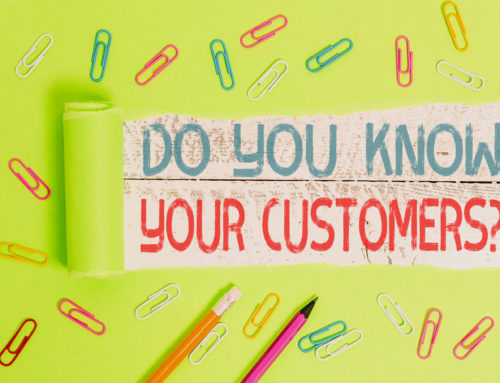We are in the dog days of summer, and many businesses will soon gear up for the last quarter of the calendar year. Now is a good time to review and make adjustments to your digital marketing strategies. Reviewing user intent is one area to revisit now.
Understanding user intent is becoming increasingly important across multiple aspects of a business, including marketing and support. This article focuses on intent for the purpose of marketing conversion.
Recognizing a user’s intent is not always easy. A recent Forrester study found an overwhelming 97 percent of respondents have challenges understanding customer intent. However, studies also found that this can be one of the most valuable methods to personalize results and lead to conversion, so it’s well worth the effort.
We’ve all experienced frustration when trying to find a solution to a problem, or simply information, and are led astray by search results. It’s discouraging to search for something and have results bounce us between calls to buy something immediately, read in-depth analysis on product solutions, or pushed to a page that really has nothing to do with what we need that moment.
Brands that better understand a user’s intent are in position to convert the consumer to an immediate purchase or put them into a buy-cycle funnel, depending on the consumer’s need.
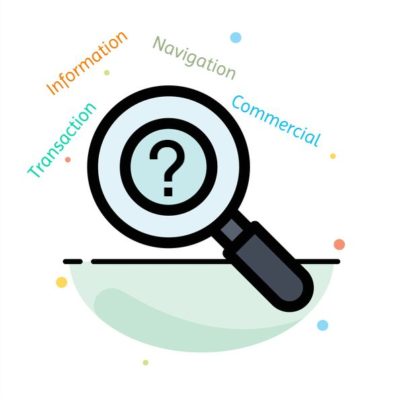
The Four Types of Search Queries
One of the key steps in optimizing for user intent is understanding the four types of queries a consumer makes when searching for information.
Informational queries are made by users seeking to learn about a subject, fix something that is broken, or solve an immediate problem. These searches usually contain phrases like “how do I…” or “how to fix…”. The user initiates this type of search without the express intent to buy something, although the search for how to solve the problem may lead to the need to purchase a product or service.
A navigational search is conducted when a user wants to be directed somewhere. This could be a physical or an online address. Searches for physical addresses contain phrases such as “store locations” or “map”. Trying to find a virtual location may contain phrases such as “login”, “support”, or “contact”.
Commercial queries happen when a prospect gathers information to make a purchase decision. Search phrases containing “compare”, “reviews”, or “cost” along with a specific brand or product name are usually conducted in this phase of the buyer’s cycle.
Transactional searches are golden because they represent intent to make an immediate purchase. These searches contain words such as “buy online” or “purchase”.
While it may seem that immediate return on investment comes from optimizing on transactional searches, the other types should not be overlooked. For example, the information search may lead to a consumer determining that they need to order a part or finding an app or service that may solve their problem.
Understanding Your Prospect’s Search Intent
Learning the different types of queries and common phrases that accompany searches is a first step. However, determining how it applies to your particular product and target customer requires further digging.
The first thing you should do toward understanding your prospect’s intent is to think like your target customer. The type of product you have, and the demographics of your prospect, play a role in the language used.
An effective technique here is to play keyword jeopardy. If your product is the answer, what would the question be that leads to finding it?
One of the simplest, most effective forms of keyword research applies here. Study SERPs – what does Google think the customer wants when they enter a keyword? Track autofill and related searches as well.
Social media can also be a treasure trove for discovering the questions. Just as with search queries, consumers often pose questions on social media in a direct and succinct manner.

Align Content with Intent
Once you have a list of questions that may lead to your product as the answer, you then need to match content to user intent. Content comes in many forms, from written descriptions, to videos, to comparison charts. Let the intent dictate the best type of content.
For example, “how to” questions are most easily answered with either a video or step-by-step instruction page. Remember, people using this type of query are often in a hurry to find a quick answer to a problem. And while that answer may include purchasing something from you (which your content can clearly link to), make it clear that doing so can lead to immediate resolution.
On the other hand, a user gathering information to solve a more complex problem, or one that requires a greater investment, will take more time to consume content. These situations present opportunities to link to a white paper or blog series. Here, the call to action should be to capture a prospect’s email address to get them into your funnel.
If you are not sure what the best type of content to match up to a particular query is, study the competition. Review the top-ranking results for your keywords; what type of content does it lead to?
I recommend tracking search intent types to queries to your content using a spreadsheet or other tool. Develop new content to fill in gaps. You can also repurpose existing content to match intent by optimizing the keywords it contains or the format in which it is delivered.
Whether developing new content, or repurposing existing, be sure to align call to actions with intent. “Buy now!” may come off as pushy or premature in a white paper but capturing an email address is not. On the other hand, if a user query signals that they are ready to buy something now, don’t miss the opportunity to link toward a purchase.
Remember that any content is a selling opportunity; someone just gathering information could be persuaded to jump to a purchase decision, so make sure there is a clear path for that. However, you have to hook them in the first few seconds, so make sure your overall goal is first to serve them the type of information they are searching for. If they don’t convert right away, keep them in the funnel until they are ready.
Applying these simple techniques allows you to optimize content you already have or fill in the gaps if necessary. A consumer who easily finds what they are looking for leads to higher conversion rates and increased customer satisfaction.
Need help optimizing your marketing efforts? Town Crier can help. Send us an email.

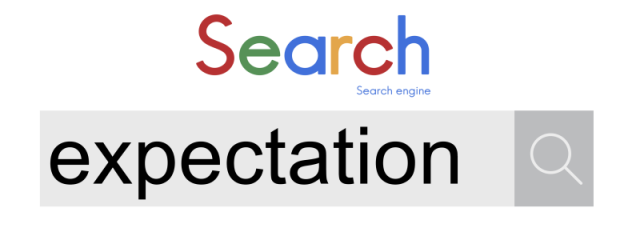
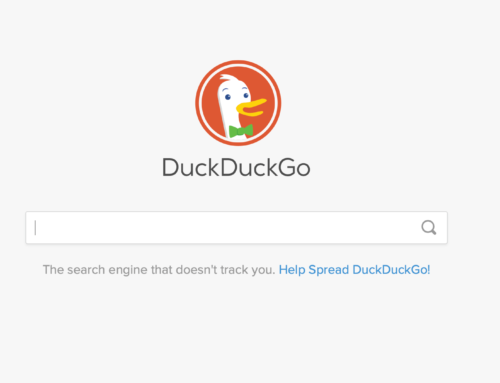
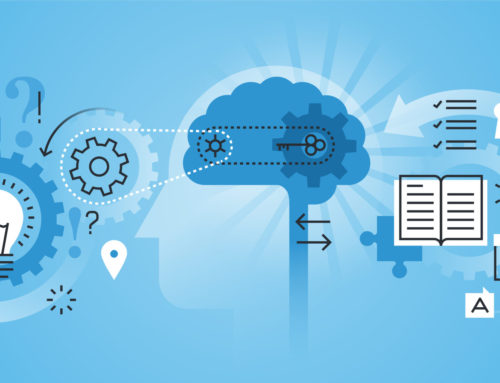
![B2B Leads: How Many Do You Need? [Here’s How to Find Out]](https://towncriergroup.com/wp-content/uploads/2021/03/entry-conversion-exit-shutterstock_539917381-scaled-500x383.jpg)
